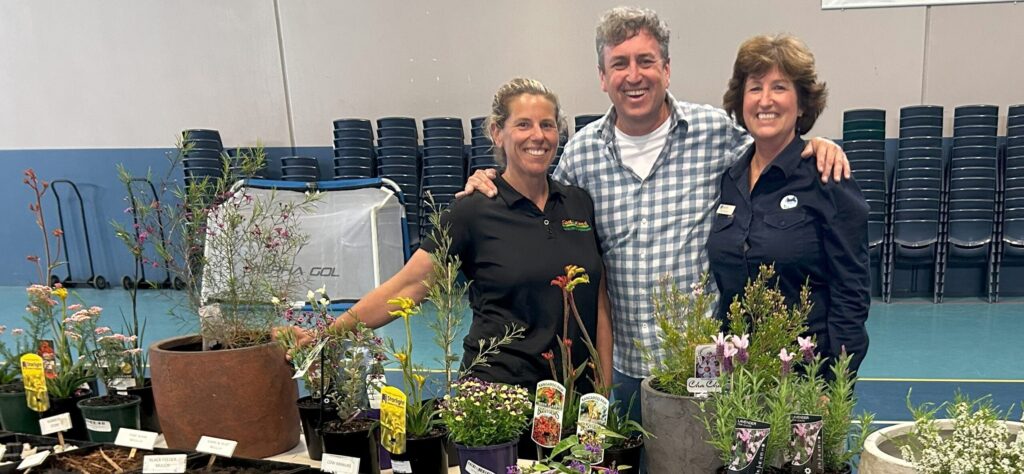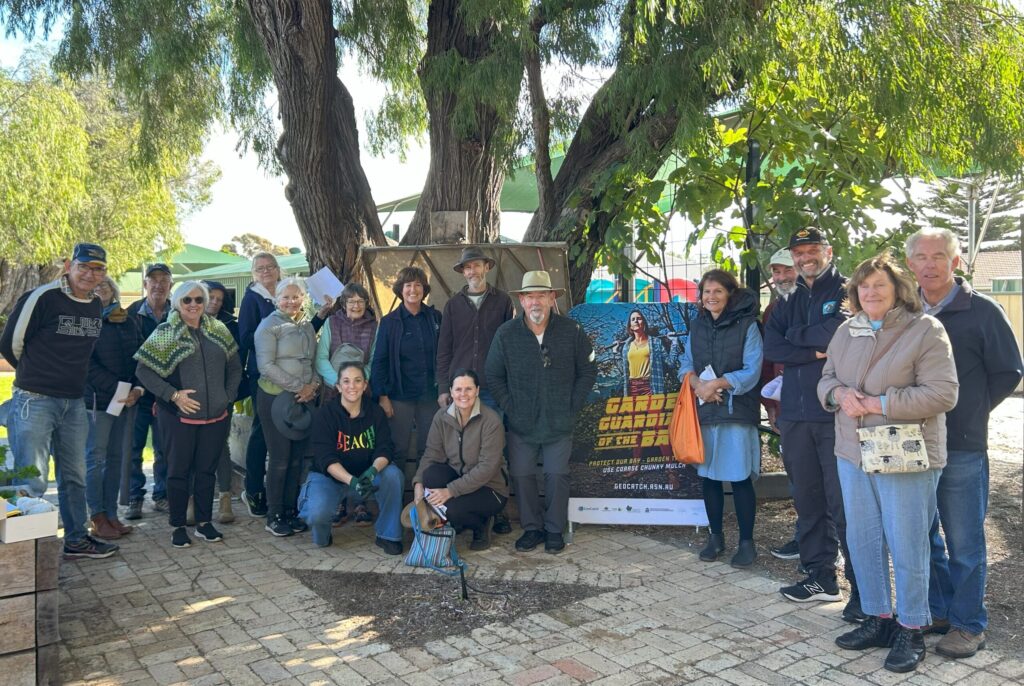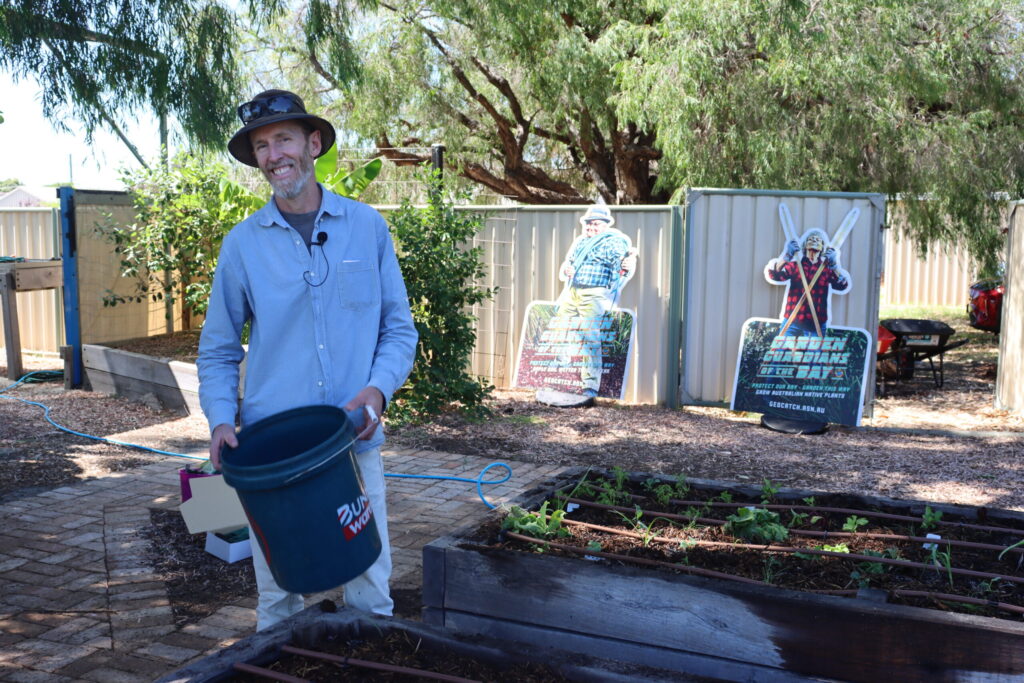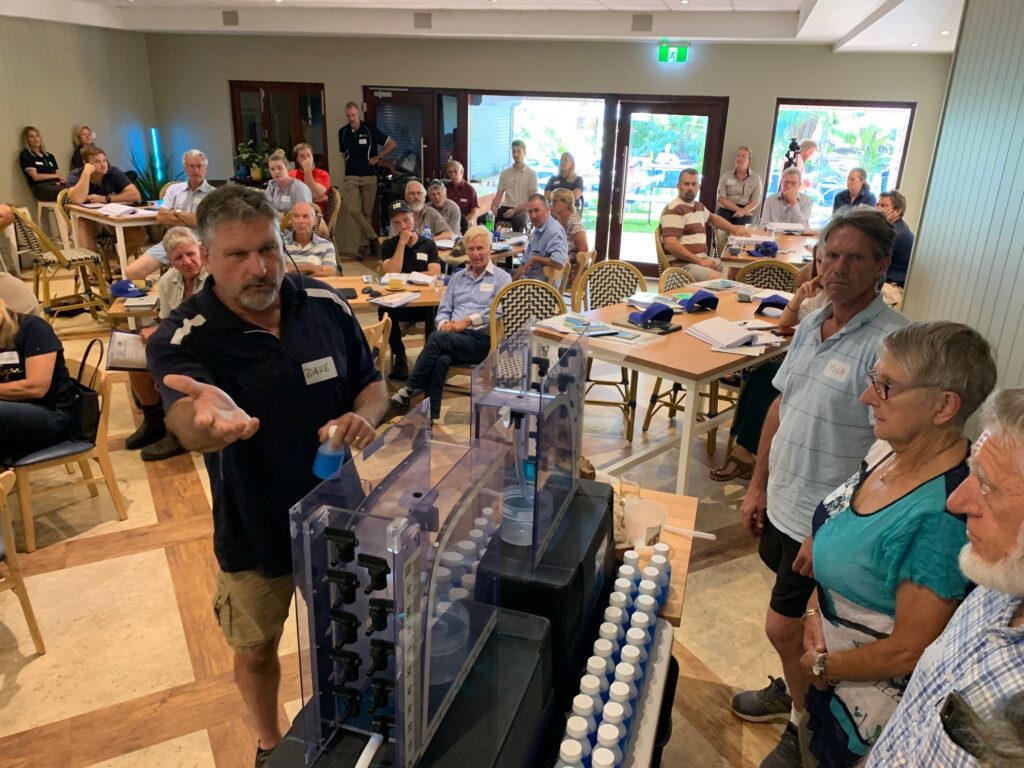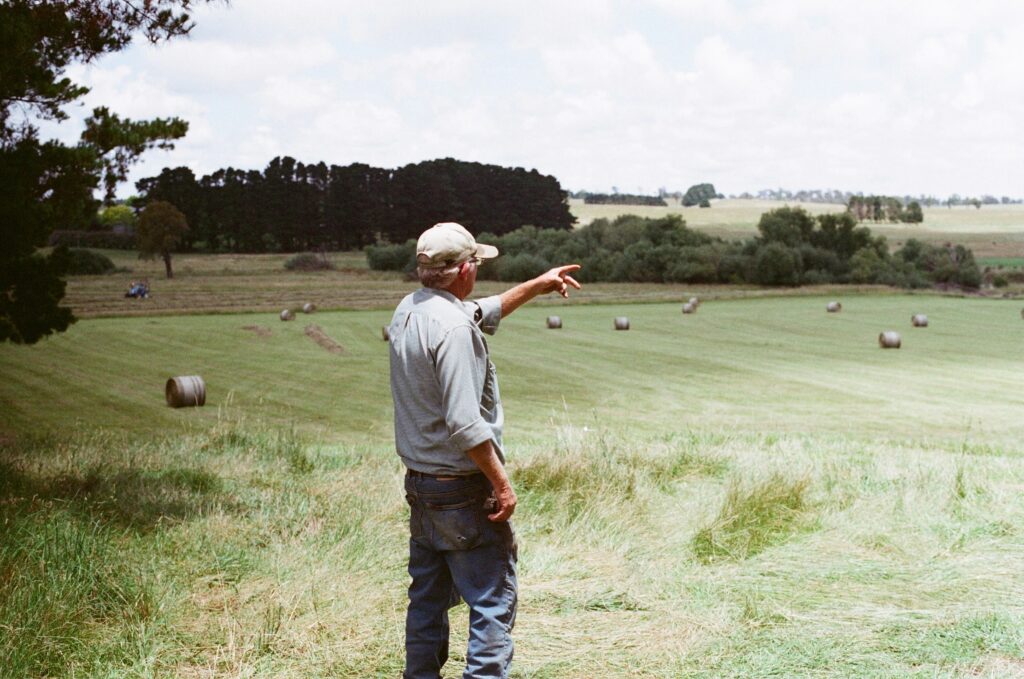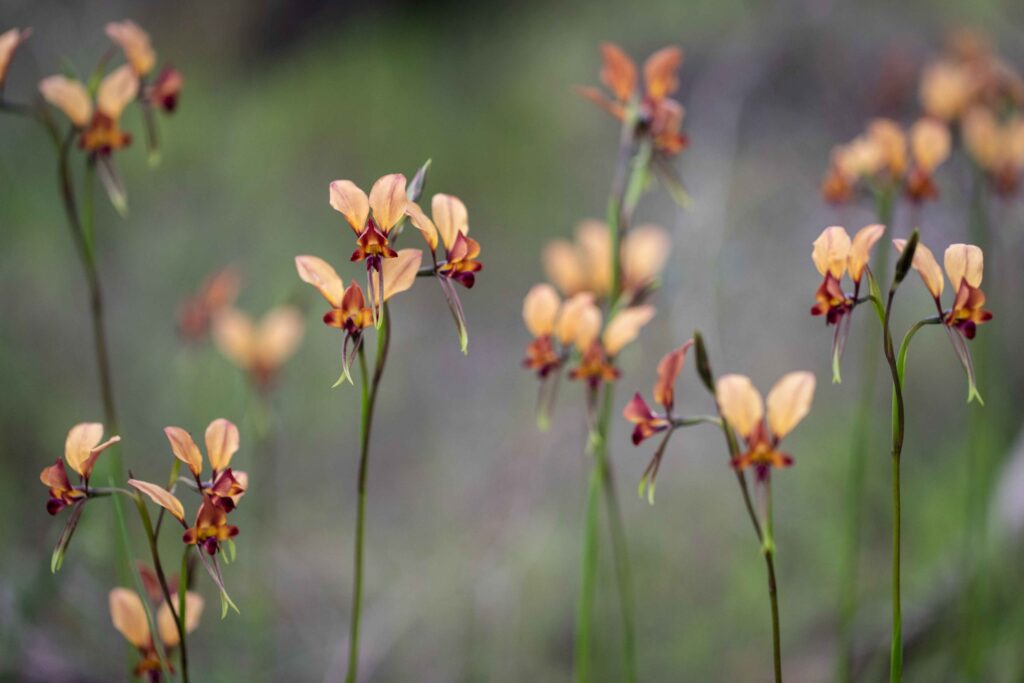Whilst many homeowners across the Geographe catchment have embraced the native verge garden revolution by replacing thirsty lawns with waterwise native gardens, there is still a place for the humble lawn in many homes.
Benefits of having lawn around your home include being cooler in summer, particularly when paired with some shade trees. It can reduce fire risk by removing flammable materials and is a nice surface for children and pets to play on. So if you love your summer backyard cricket tournaments and family BBQs, follow these Bay OK gardening tips for a lush, green lawn. Following Bay OK principles will save you money and protect our waterways by reducing water use and nutrient runoff.
Spring, or the season of Kambarang, is the perfect time to establish turf or regenerate an old tired patch. This is when the soil is warming up and still has plenty of stored moisture. To kickstart growth, wait until the winter rains have well and truly finished before feeding your lawn with a slow-release nitrogen fertiliser 2 days after mowing. Follow the directions on the packet and lean towards a little less than recommended rather than a little more. Nitrogen supports leaf growth, which increases regular mowing. If you lower the rate of application, you can slow growth to a rate that is sustainable for you and the lawnmower.
It is important to know how much water your irrigation system or sprinkler puts out. To measure the water output and ensure there are no dry spots, use ‘catch cups’ placed across your lawn when the sprinklers are on. Aim to apply 10mm of water to help with absorption of the fertiliser. Any more water than 10mm will start nutrient run-off and leaching, not only losing your fertiliser to the environment but also costing you money in lost products.
An established lawn requires 20-30mm of water per week, depending on how hot the days are. Always water in the early morning as this will reduce the amount of water lost to evaporation and ensure water is available when the plant is photosynthesising during the day.
Spring is a good time to apply soil wetter, before the soil completely dries out. Sandy soils can become very water-repellent over summer. Soil wetter breaks down the waxy coating on the soil particles, ensuring that moisture is retained in the soil for plants and lawns to access. Again, follow the directions on the packet and use soil wetter a couple of times in spring, summer and autumn.
Compacted lawn needs to be aerated to allow oxygen, water and nutrients to reach the soil and lower root zones. A garden fork is perfect for small areas, or a lawn corer can be used to pull out plugs of soil, leaving open holes in the lawn surface. Apply soil wetter, compost and slow-release fertiliser to the treated area to boost recovery.
If keeping a lawn seems like a lot of work and energy, a good alternative is to replace some or all of it with native plant gardens that require no mowing, less fertiliser, less watering, and less maintenance. If you want to explore this option, get in contact with GeoCatch’s Bay OK nature verge project at geocatch@dwer.wa.gov.au
This program is delivered by GeoCatch. To learn more about Bay OK gardening, click here.
